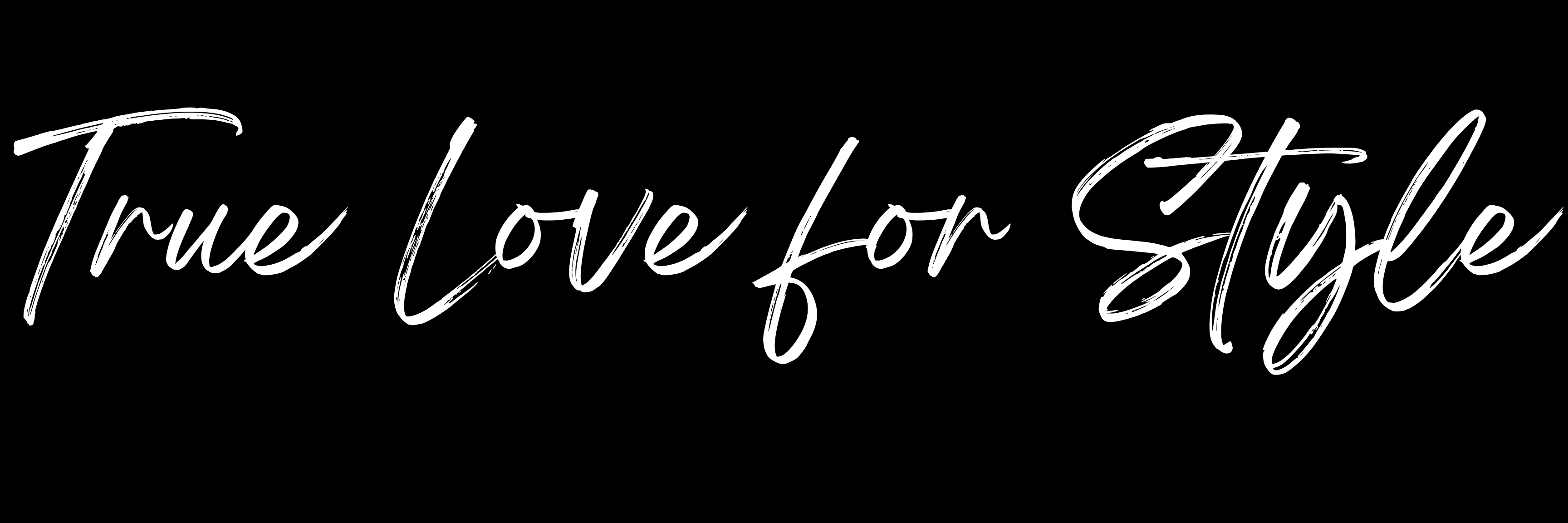
5 minutes, 40 seconds
-6.2K Views 0 Comments 1 Like

When it comes to hard questions, this one is one because many factors come into play when deciding to go into the fashion industry. From designs to fabric, sales channels, and marketing, there are many expenses involved that need to be sorted out before you even make your first sale.
Many growing companies resort to fintech lenders like Camino Financial for small business financing when planning an expansion or reopening. Just bear in mind that among your whole business plan, there has to be an interest rate entry that you can’t forget to add into the mix; this way, you’ll have a better idea of the final pricing for your clothes.
Now, even though it is a hard question, here are some answers that can give you an approximate cost to take into account. But remember that prices can vary from season to season, or even geographically so do your research before asking for small business financing.
Designer wages
According to the online job marketplace Indeed, a fashion designer’s wages are, on average, about 15.98 per hour. This means a cost of $5,355 to $6,200 each month. Think of these when you hire a designer to do your collection or, in case you are the designer, your own salary. Because, yes, you are deserving of one. You can make a special deal to pay on a sales basis, like a partnership, or you can straight up pay the price.
Mind the base expenses
Nothing is harder to calculate than this. Why? Because it has too many variables so, for you to do the math, take into account raw material costs that can be cheap if you go for cotton to super expensive if you want silk; type of pieces because it’s not the same to cut and sew panties than a formal dress; and last but not least, manufacturing. You’ll need to do some homework with a lot of time, ask around for suppliers, and choose a ratio of quality, price, and reputation.
The more, the cheaper
Remember that prices will differ if you go into production for 20 items than for 200. As a general rule, the more pieces you ask for, the cheaper the unit will be. Though it’s hard to specify how much cheaper it would be and how much it will cost you specifically, prices tend to drop from 20% to 50%, depending on how many pieces you need.
Storage
Now that you have your clothes, you’ll need to keep them somewhere. Storage expenses in the fashion industry normally take up a big chunk of the budget. And sure, you can keep them in your home and live among boxes or racks, but, at some point, this won’t be practical. The average cost of storage units goes from $90 per month for a 5x10 feet unit to $290 for a 10x30 feet unit. Take this into account when you plan for small business financing.
Marketing
The sales journey is also part of the production of a clothing collection; after all, if you don’t sell anything, you’ll be just hoarding clothes in your garage and will have many losses. So don’t forget to include a budget for social media campaigns and general marketing. Usually, Facebook and Instagram campaigns are relatively cheap, and you can spend as much (or little) as you like since they charge per result, and your outcome will be directly tied up to that. Email marketing is more standard, and you can spend around $300 to $500 per month to pay for platform licenses and manage it yourself. Remember that a web page with eCommerce built-in can help you move your stock faster than one on one sales so, add that to your costs.
The fashion industry can be brutal, but it is also a place where you can express yourself and pivot a lot to find your market and your style. Listen to your clients, the general market, and start making your way with a small production and scale from that.


